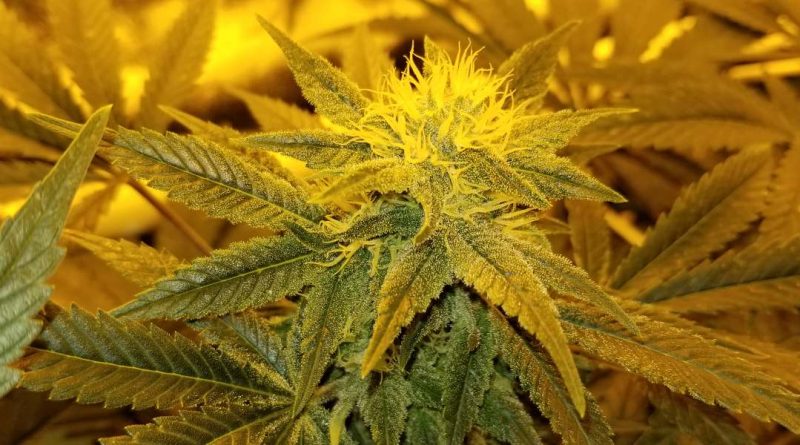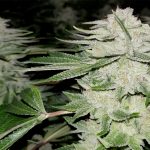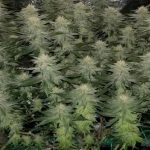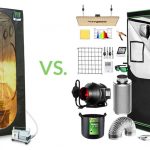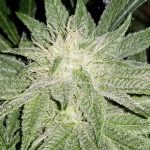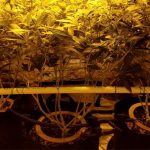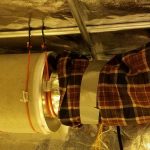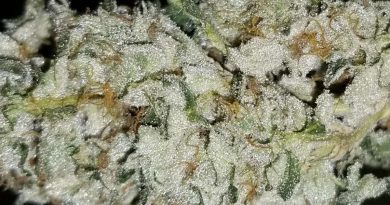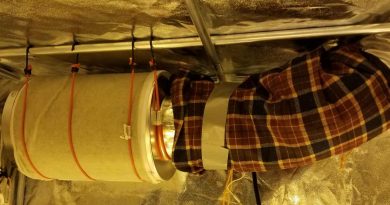How to grow marijuana plants indoors: tips for growing weed
Want to learn how to grow marijuana indoors? We can help you master the art of growing weed. This page will teach the basics of how to grow weed, the equipment you’ll need, as well as tips for growing weed to ensure a bountiful harvest even on your first grow. With a little planning, a little effort, and a little love you’ll be able to quickly master how to grow marijuana indoors.
Table of contents
- Growing basics
- How long will it take to grow marijuana?
- How much will it cost to grow marijuana indoors?
- What equipment is needed?
- The stages of marijuana growth
- Germinating seeds and rooting clones
- Vegetation
- Flowering
- Harvesting
Growing marijuana: the basics
How long will it take to grow marijuana?
It will take you about 4 months from start (using seeds or clones) to harvest. Grow times can be extended with additional vegetation time, which leads to bigger plants and yields. Plus you’ll need to factor in time after the harvest for curing to ensure top quality buds. Learn more about how long it takes to grow marijuana
How much does it cost to grow weed indoors?
There are varying levels of investment needed depending on the size of your grow area and the amount of equipment you wish to use. The larger the grow, the more complex the setup can be in terms of lighting, ventilation, and other equipment needs.
Smaller indoor grows can be attained for $1000 or less for a small 3’x3′ or 4’x4′ tent setup growing in coco coir. Coco grows in small tents with a 400 or 600 watt metal halide (MH) and high pressure sodium (HPS) air-cooled light setup is a good option for beginners looking to get the benefits of hydroponic feeding without the expensive hydro equipment. You’ll also need to factor in nutrients and electricity costs.
What equipment is needed to grow pot?
Grow room equipment needs can vary based upon the results you’re looking to get. View a list of equipment you’ll need for grow tents or equipment needed for grow rooms. Small tent and grow room setups require at a minimum a light setup (including bulb, reflector hood, and ballast), a light timer, light hanger cables, a small fan or two for air circulation, growing medium (soil/soiless mix/coco/or a hydro setup), and a ventilation system with an inline fan.
Air cooled light reflector hoods allow for closer placement to plants which increases light intensity and therefore bud size/quality, Air cooled hoods cost a little more than uncooled so many new growers choose the inexpensive option, but air-cooled lights and are a good initial investment to save you from having to re-buy equipment. LED lighting produces less heat than MH/HPS bulbs and is great for growers with limited ceiling height since LEDs don’t require as much room above plants and MH/HPS.
600 Watt and larger MH/HPS setups benefit from air cooled lighting hoods. To reduce odors from exhausted air, carbon filters are a must. Fan controllers allow you to use a larger fan at a slower speed to reduce noise and vibration.
Grows using 1000 Watt lighting must deal with heat, often requiring air conditioning and carbon dioxide systems. Plus you’ll need a thermometer with a hygrometer to monitor environmental conditions in the grow room. Learn more about optimal temperature and humidity for grow rooms/tents.
View the complete list of equipment you’ll need to grow weed in a grow tent.
The stages of marijuana growth
Germinating seeds and rooting clones
First time growers often palnt seeds because they don’t have access to clones. If you’re considering growing from seed, it’s worth investing in some decent seed stock rather than picking a few random seeds out of a bag of weed and hoping for the best. Marijuana plants can only grow up to the potential of their DNA, and it takes the same amount of effort to grow a killer THC-laden strain as it does to grow some random junk seed phenotype that happened to remain after you finished your last bag. Start with great seeds from a reputable seller and you’ll be rewarded with great plants.
Standard seed packs can have both males and females, so plan on germinating at least two times more seeds than you want total plants since the males will need to be removed to prevent the females from growing seeds. Not all rooted seeds are will grow equally vigorous, so having a few extras will let you cull out scraggly growers.
Feminized seeds prevent unwanted males, but aren’t suitable for growers looking to create clones for future crops since they tend to become hermaphrodites. Learn how to grow seeds in coco coir, soil or soiless mixes, or rockwool cubes.
If you have access to clones you can ensure a new generation of female plant stock identical to the parent. Keeping a mother plant in the vegetative state will ensure a steady supply of clones for growers looking to keep the next generation in steady supply.
Planning for a perpetual harvest will let you have a well-timed batch of plants in vegetation ready to enter flowering immediately after harvesting the preceding batch, which allows you to harvest a new crop every 8 weeks.
Vegetative stage of marijuana growth
Once you’ve rooted a seed or clone, your plant enters the vegetative stage. Usually lasting 2-4 weeks but up to several months depending upon desired size,the vegetative stage allows the root structure to grow and allows for the leaf growth that powers the plant through the rigors of flowering.
Plants in the vegetative stage receive 18 hours of light typically, although some growers provide a full 24 hours of light for veg. Plants can be trained to improve growth structure to maximize bud exposure to lighting which improves quality and yield.
Flowering stage of marijuana growth
When the lights are cut to 12 hours on and 12 off, the plant enters the flowering cycle. Flowering can last 8 weeks+ depending on strain, with Sativa strains typically lasting longer than indica strains.
It is essential that flowering marijuana plants receive 12 hours of uninterrupted darkness for healthy, robust flowers with maximum potency. Even a small amount of light confuses the plants and can lead to issues including hermaphrodite plants, where females produce seeds to to environmental or other stresses. This reduces potency and should be avoided. Knowing how to grow marijuana without seeds is essential to producing high quality bud.
Harvesting
Carefully timed harvesting will maximize potency and yield. It’s important to harvest plants at just the right moment to ensure maximum potency. To soon and plants will not have developed all of their THC. Too long and THC will begin degrading into CBN, which changes the effect of the high. Learn how to determine when to harvest marijuana.
After harvesting plants must be trimmed and then properly dried, which usually takes 3-7 days. Once dry, buds need to be cured for at least 2 weeks which will help improve the taste, smell, and smoothness of the smoke as the plant compounds begin to break down. Properly curing your marijuana is very important to ensure your buds reach their maximum potential in terms of appearance, taste, smell, and quality.
Make sure to save your trimmed sugar leaves. You can easily learn how to extract kief using dry ice to make weed edibles, or how to make cannabutter from trimmed leaves or buds.
Learn how to grow marijuana indoors: helpful tutorials
Ready to get started? Check out some of the articles below and you’ll learn everything you need to know to learn how to grow plants marijuana indoors.

